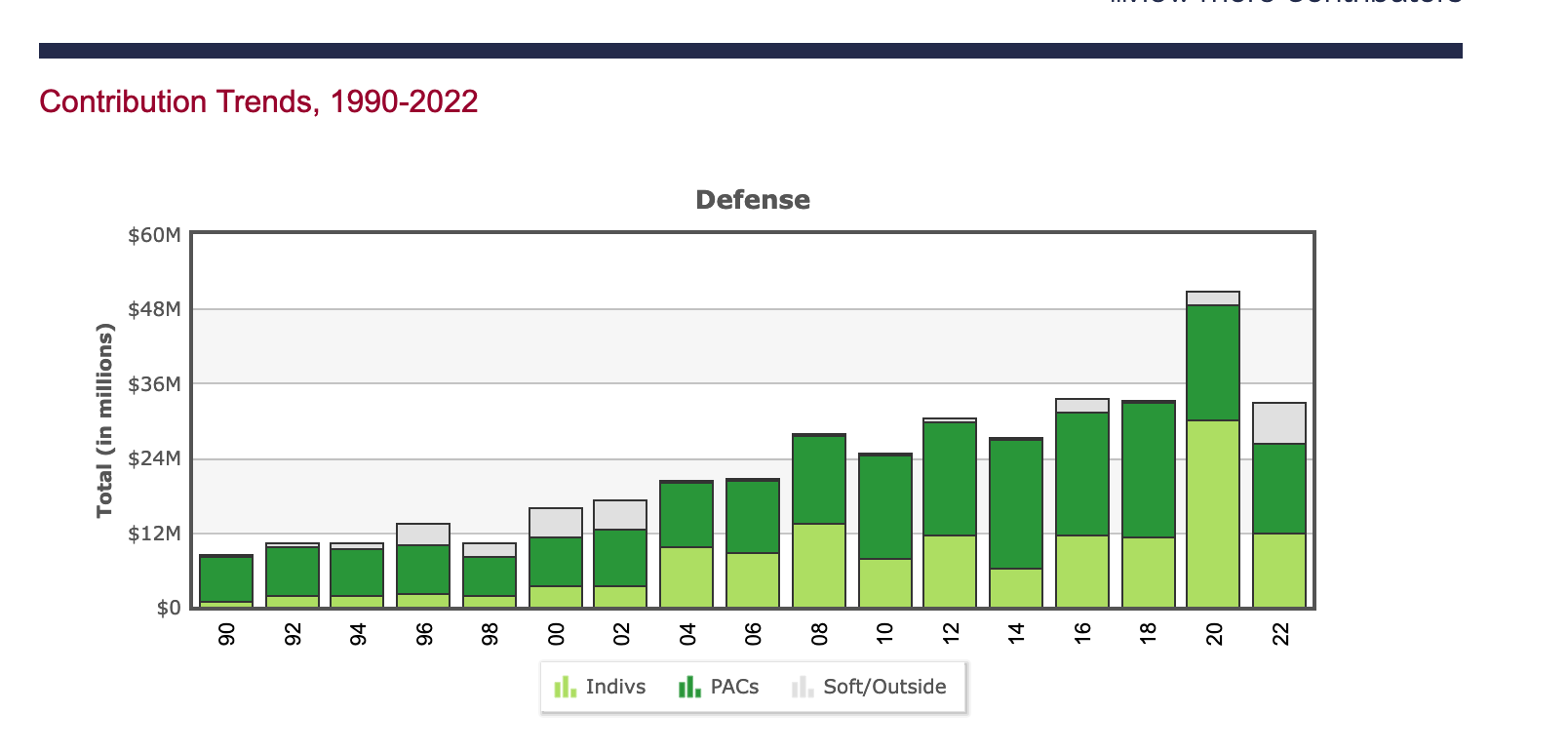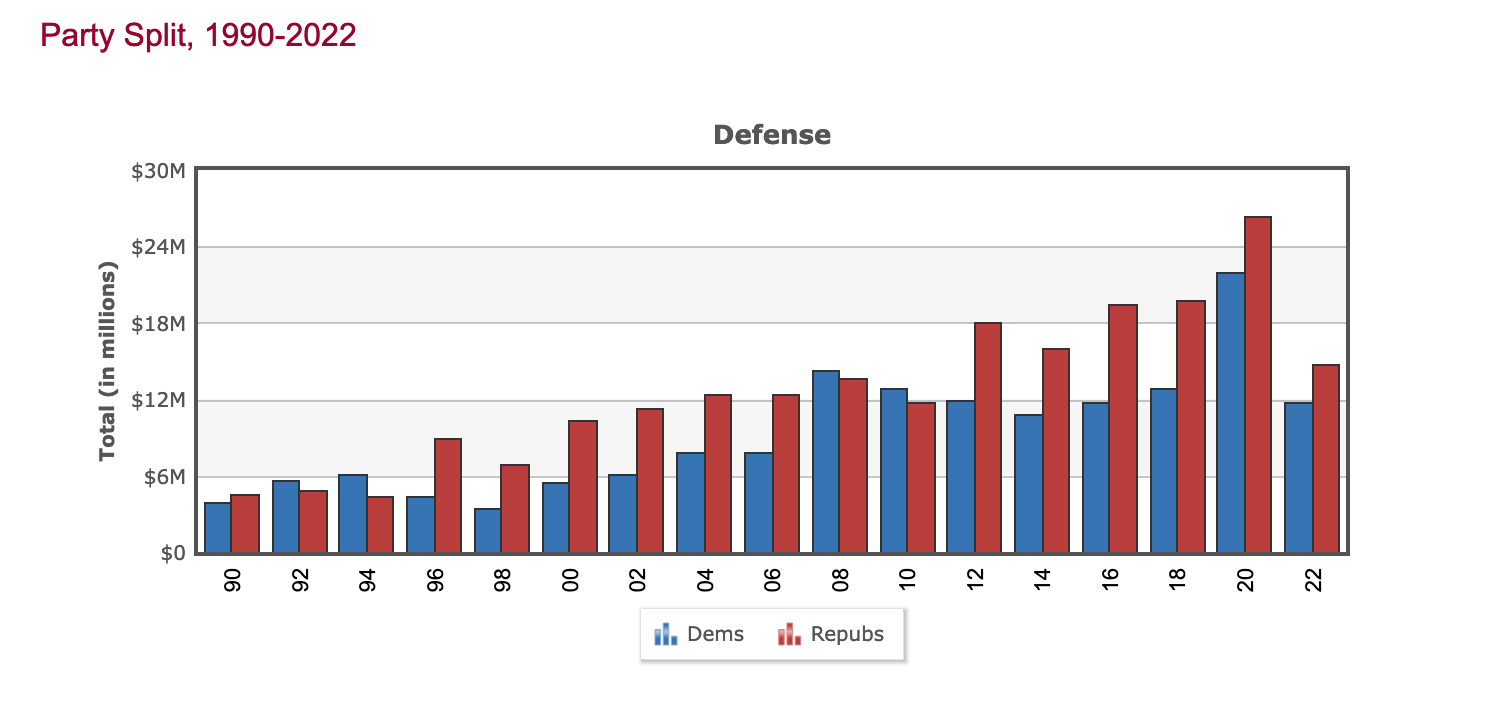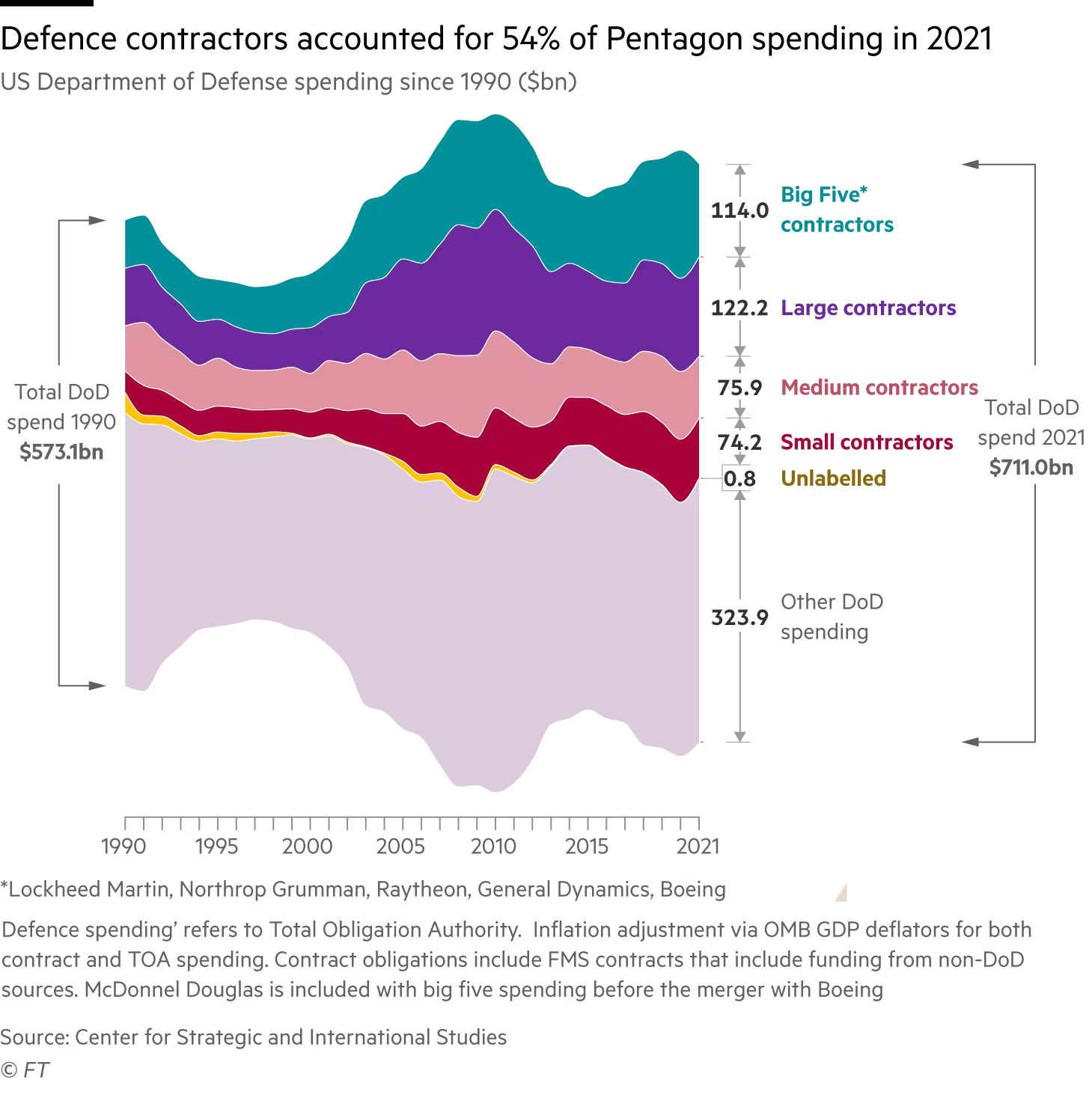Today, Baghdad hosted the International Water Conference. Let's note some Tweets.
The third Baghdad Water Conference witnessed a qualitative international participation, as the government succeeded in drawing the attention of countries to the problem of climate changes and the lack of water imports suffered by the Tigris and Euphrates. https://t.co/YgtTiGCnOn
— Barbie Collister (@BarbieSpace9) May 6, 2023
A Somali delegation headed by the Minister of State at the Ministry of Energy and Water Resources, Muhammad Abdullah Farah, participated in the “Third Baghdad International Water Conference,” which kicked off today, Saturday, in Baghdad, in the presence of ministers and diplomats pic.twitter.com/SlntqWWOiq
— Jamila Khadar (@danlowghett) May 6, 2023
During a special joint Blue Peace ME - Water Diplomacy Center session at Baghdad International Water Conference this afternoon, the esteemed members of our Regional Mechanism, Prof. Bülent İnanç (Türkiye), H.E. Dr. Jihad al Mahamid (Jordan), and pic.twitter.com/gNd464JHDi
— Blue Peace Middle East (@BluepeaceME) May 6, 2023
State Minister for Energy and Water Resources, Mohamed Abdullahi is attending the 3rd International Water Conference in #Baghdad. Experts will discuss water scarcity causes and conditions through scientific research presentations. pic.twitter.com/encZLu0MwY
— Aasha Ali (@QuecyForno) May 6, 2023
Delegated by @FAODG, FAO representative in Iraq, Dr @Shajjhassan headed a delegation from #FAO Iraq and HQ experts at the 3rd International Water Conference held in #Baghdad Today. pic.twitter.com/XDiRy1Bovd
— FAO Iraq (@FAOIraq) May 6, 2023
Iraqi Prime Minister Muhammed al-Sudani's remarks during the Third Baghdad International Water Conference. #Iraq #MiddleEast #Water #ClimateChange #WaterSecurity pic.twitter.com/KZLSBqXq6J
— Tuna Aygün (@ftunaaygun) May 6, 2023
Proud to join a high-level panel discussion along with water resources, agriculture & environment ministers during the 3rd #Baghdad International Water Conference.
— Dr Ahmed ZOUITEN (@DrAhmedZouiten) May 6, 2023
I conveyed @UN’s congratulations to #Iraq for its accession to the #WaterConvention and stressed that no @SDGoals… pic.twitter.com/IIuTojT7Fi
🇮🇷🇮🇶 | Iran ready to launch joint water projects with Iraq: Energy minister
— 🇮🇷 Rydro | 阿巴斯 🕋🌹 (@Rydro313) May 6, 2023
🔸Iranian minister of energy is in Iraq to partake in the third International Water Conference in Baghdad, aiming to find common solutions to deal with water shortage. pic.twitter.com/eDEej1wU2a
Speech by the DSRSG/RC/HC for #Iraq, @G_Isaczai , at the 3rd Baghdad International Water Conference held on 6 May 2023.
— UNAMI (@UNIraq) May 6, 2023
English: https://t.co/yWgCj1Vo6T
Arabic: https://t.co/OIAjxDS600
Kurdish: https://t.co/TadLBx83Uw pic.twitter.com/Q0LBkkzOtk
So I'm seeing Iraq's prime minister, foreign officials, a WHO rep, the United Nations, etc. Why isn't this being covered by the US press?
Lack of interest in Iraq? Lack of interest in climate change? Or both.
Sinan Mahmoud (THE NATIONAL) reports:
Iraq on Saturday called for emergency assistance from the international community to help restore the flow of water in the country's two main rivers.
Prime Minister Mohammed Shia Al Sudani made the plea for “urgent international intervention” at the start of the two-day Baghdad International Water conference.
“The issue of water has become a sensitive one not only in Iraq but in all countries,” Mr Al Sudani said.
Water levels in the Tigris and Euphrates rivers, which account for more than 90 per cent of Iraq's freshwater reserves, have declined significantly over the years, partly as a result of the construction of dams and diversion of water upstream in Turkey and Iran.
The Prime Minister warned that a shortage of water compounded by climate change would have a substantial impact on Iraq's economic development and environment, with wider ramifications for regional stability.
The KRG Minister of Agriculture and Water Resources, Begard Dlshad, is heading the delegation to present the Region’s perspective on water issues such as drought, that has negatively impacted Iraq in recent years, the minister told Kurdistan 24.
The United Nations is also participating in the conference along with representatives of neighboring countries, including Iran and Turkey.
“The KRG’s dam construction project aims to reduce the reliance on water flow from neighboring countries,” the minister told Kurdistan 24 and added that 30 percent of Iraq’s water reserves are in the Kurdish region.
The 45-year-old Begard Dlshad Shukralla has her degree in biology and has previously held the following posts: 2011 to 2013 head of the PUK's Office for Monitoring and Follow Up, 2013 to 2017 MP in the Kurdistan Parliament and, in 2017, Secretary of the Kurdistan Parliament.
Julian Bechocha (RUDAW) reports:
Iraq is among the countries most vulnerable to the effects of climate
change, including water and food insecurity, according to the United
Nations. It is facing a severe water shortage because of reduced
precipitation and higher temperatures, and waste and mismanagement. The
crisis is worsened by dams upstream in Turkey and Iran that have led to a
significant decrease in the volume of water entering the country.
A visit by Sudani to Turkey in March saw measurable success
after Turkish President Recep Tayyip Erdogan agreed to double the water
releases in the Tigris River for a period of one month, saying the
decision was made “in order to relieve Iraq’s distress.”
“The government has set the water file as one of its priorities, and has
taken many policies. And it was necessary to identify the problems with
upstream countries so our meetings with the countries emphasized the
need to give the full share of water,” Sudani said.
During the conference, Sudani also pleaded for “the efforts of all
friends” of the international community to “urgently” assist Iraq
counter water insecurity.
In one of the latest stark warnings of the threats a heating climate
poses to Iraq, a report by the Ministry of Water Resources late last
year predicted that unless urgent action is taken to combat declining
water levels, Iraq’s two main rivers will be entirely dry by 2040.
The Special Representative to the United Nations Secretary General spoke at the conference. Here's what Ghulam Isaczai stated:
Excellencies,
Distinguished guests, good morning.
Today, I have the honor of speaking at the 3rd Baghdad International Water Conference, at the invitation of H.E. Mohammed Shia al-Sudani, Prime Minister of Iraq, and H.E. Aoun Diab, Minister of Water Resources.
I would like to begin by highlighting some positive developments related to the water agenda that have taken place in recent months, thanks to the joint efforts of the Government of Iraq and the United Nations.
Specifically, I would like to congratulate Iraq for being the pioneer in the region to accede to the UN Convention on the Protection and Use of Transboundary Watercourses and International Lakes. This accession will open new opportunities to enhance transboundary water cooperation, while strengthening national water policies and practices, and enhancing intersectoral cooperation and stakeholder participation.
From our side at the United Nations, we have established a Water Task Force comprising water experts from different international organizations and think tanks to provide technical assistance and advice to the Government of Iraq on water issues. Our advocacy and engagement on water challenges in Iraq have increased significantly, reflecting our commitment to supporting Iraq in addressing its looming water crisis.
At the national level, there is a need to:
- Initiate a national dialogue on water and around SDG6 on Clean Water and Sanitation leading to development of a national Water Roadmap.
- Make water resources management as a national priority, while allocating sufficient funds towards research, analysis, innovation, and transfer of efficient technologies for integrated water resources management.
- Invest in national capacity building, water infrastructure including dams, irrigation systems, and wastewater treatment plants, to maximize water usage.
- Promote water conservation measures: such as repairing leaky pipes, introduce water-saving technologies, and enforce regulations on water usage.
- Revive traditional Rainwater harvesting practices such as building catchment systems, to collect and store rainwater for future use.
- Establish water monitoring systems for river and ground water, and take regulatory, technological, and behavioral measures to prevent water pollution, while also investing in urban water recycling.
- Combat desertification through integrated and adaptive land, water, and forest management.
- Launch education and awareness campaigns to promote responsible water usage and conservation.
At the regional level there is a need to:
- Strengthen regional cooperation to develop equitable and eco-friendly water use policies, while developing a negotiated strategy encouraging riparian countries to sign river-basin-management agreements based on a win-win approach.
- Conduct regional water assessment of the economic, environmental, regional integration and political benefits costs of non-cooperation on water resources.
- Actively leverage relevant global legal instruments on transboundary water.
To effectively address Iraq’s water challenges, we must work jointly and transparently. The cross-cutting nature of water means that challenges must be addressed through a whole of government and whole of society approach, and approach that is inclusive and engages the Iraqi people, that is those most directly affected by the water situation.
On our side at the United Nations, we will continue to actively engage with our government counterparts, through the Water Task Force and the Inter-agency working group on climate and environment.
Let me close by saying that all technical solutions to the water problems are within our reach; what we need is effective policies, investments, incentive mechanisms, regulations, and enforcement actions.
The United Nations stands ready to support. I wish you all a fruitful conference.
Thank you.
The following sites updated:





